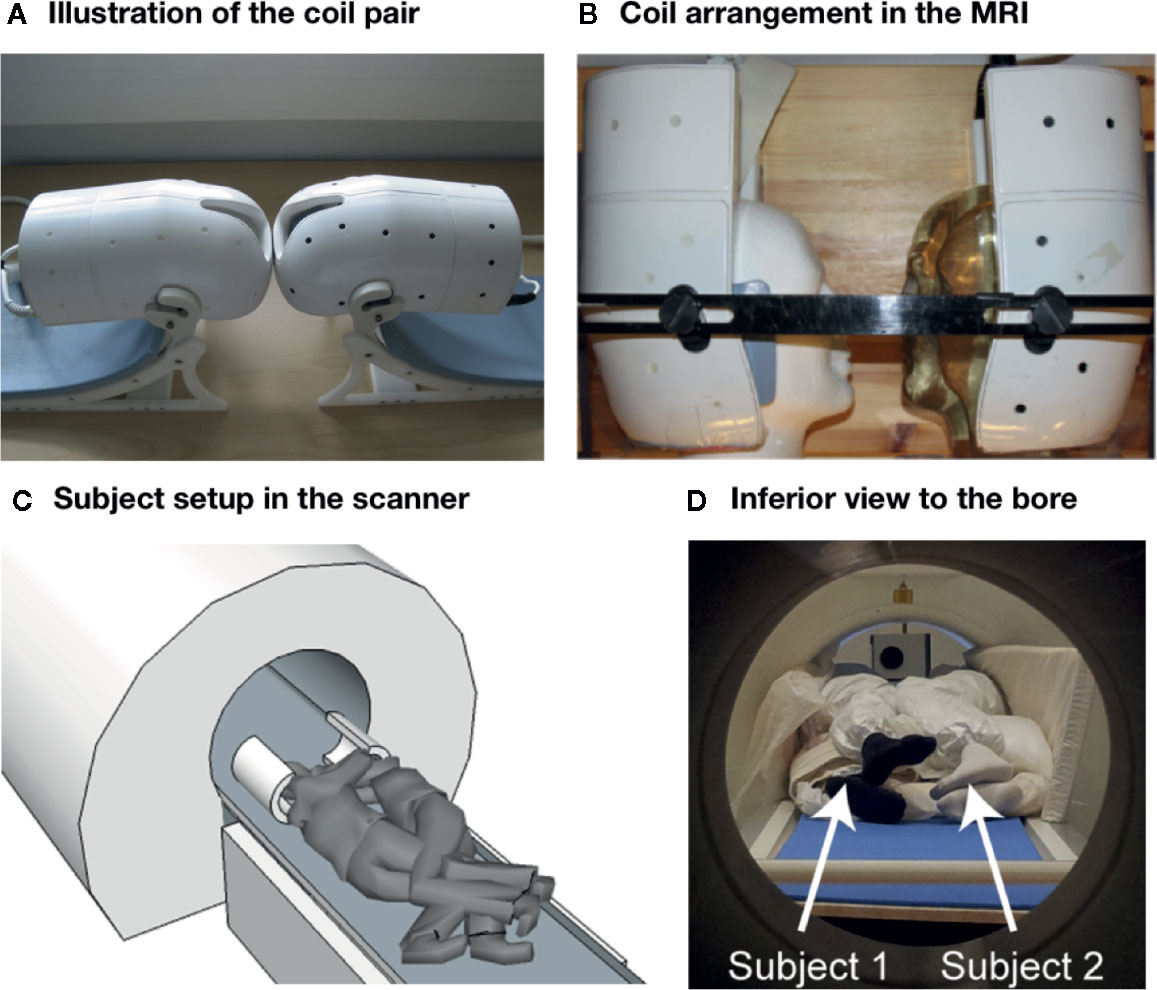Ahh, social contact. I can almost remember what it feels like.

Image credits Ville Renvall et al., (2020), Frontiers.
While we’re all hunkering down and keeping our distance from each other, researchers are investigating how our brains perceive and react to touch as a form of social interaction. The results show a surprising “synchronizing” of cerebral activity in the brains of couples engaged in physical contact.
The good touch
“This is an excellent start for the study of natural interaction. People don’t just react to external stimuli, but adjust their actions moment-by-moment based on what they expect to happen next,” says Riitta Hari, professor emeritus at Aalto University and co-author of the study.
The study was carried out by a team of researchers from the Aalto University and the Turku PET Centre (both in Finland), who have developed a method that allows them to simultaneously record the brain activity of two people. They used their method to scan the brains of 10 couples who were asked to spend 45 minutes inside an fMRI (functional magnetic resonance imaging) scanner while in physical contact with each other. Sounds quite pleasant as far as research goes, doesn’t it?
MRI can ordinarily be used to scan just one subject at a time, but the team tweaked the head coil used in the process and divided it into two separate coils. As long as both participants fit inside the scanner (and can stay close enough to each other), this approach allows for both to be monitored at the same.
During the study, the participants were placed face-to-face inside the scanner so close they were “almost hugging each other”, the authors explain. They were instructed to wait for a signal from the researchers, at which point the participants took turns in tapping each other’s lips. Their motor and sensory brain areas were analyzed during this time.

Image credits Ville Renvall et al., (2020), Frontiers.
“During social interaction, people’s brains are literally synchronised,” says Professor Lauri Nummenmaa from Turku PET Centre, corresponding author of the study.
“The associated mental imitation of other people’s movements is probably one of the basic mechanisms of social interaction. The new technology now developed will provide totally new opportunities for studying the brain mechanisms of social interaction.”
The team reports that voice cues during the experiment resulted in similar levels of activation in the auditory cortex of both participants, while the touching task itself “resulted in differential activation patterns in the somatosensory and motor cortices depending on whether the subject was tapping or receiving taps”.
The team further adds that “during a conversation or problem solving, people’s brain functions become flexibly linked with each other” but that we do not yet understand how this process arises if we can’t monitor the neural activity of the people involved at the same time — which their research now allows.
The paper “Imaging Real-Time Tactile Interaction With Two-Person Dual-Coil fMRI” has been published in the journal Frontiers in Psychiatry.









